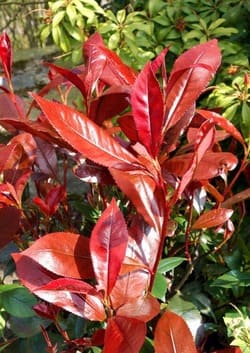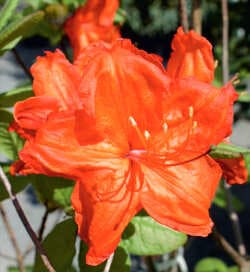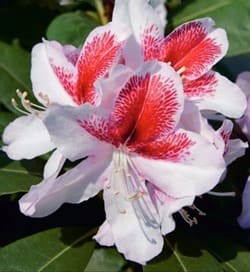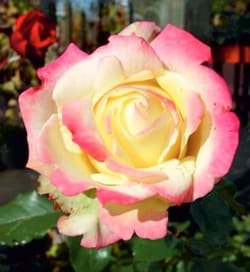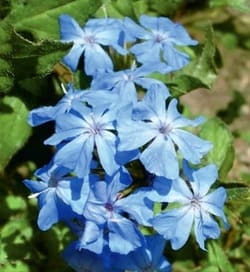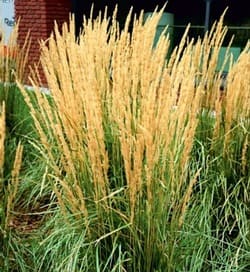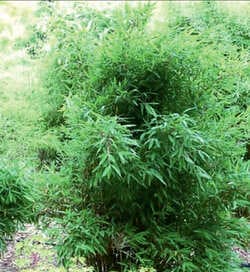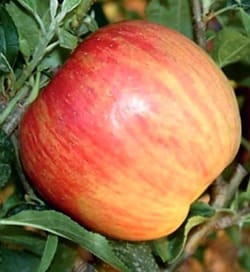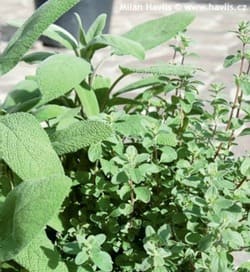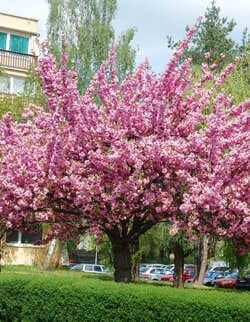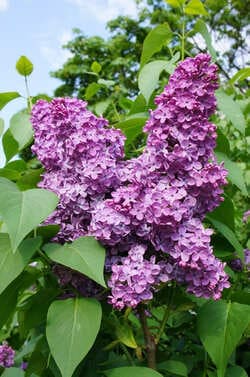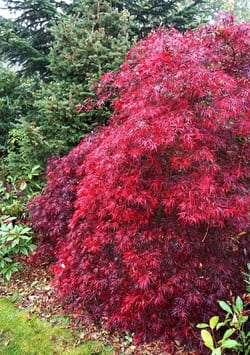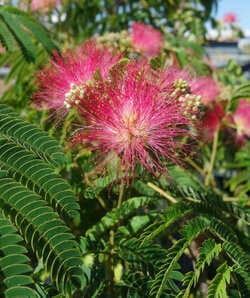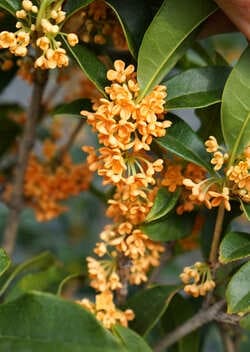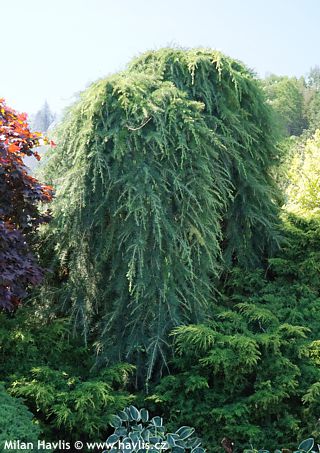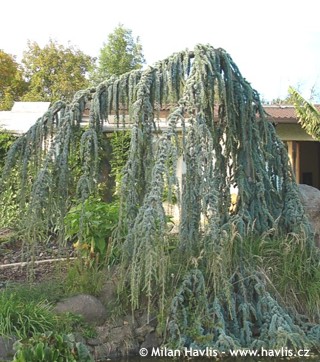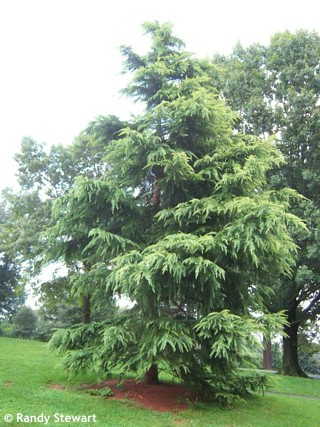Cedrus deodara 'PENDULA' Himalayan cedar
Cedrus
Cedars are majestic trees that captivate us with their irregular habit, especially in the southern states below the Alps. The Himalayan cedar is probably the most graceful species of cedar, and its name refers to its origin – the Himalayas, where it grows at altitudes of up to about 2000 m asl, but in the temperate zone, it can be found up to 3500 m asl. It is a long-lived tree that commonly reaches around 50 meters in height in the wild, and there are also forests with trees reaching 65 meters in height. Among Hindus, it is worshipped as a divine tree, and it is the national tree of Pakistan. It has existed on Earth for thousands of years, but it first arrived in Europe in the form of seeds in England in 1838. Soon after, it became clear how much the seed origin affects its hardiness, so from 1850 onwards, breeders focused on selecting more resilient varieties originating from higher altitudes. The species is cultivated in large parks and manors with vast space, whereas in common gardens, varieties of smaller stature, different habits, and sometimes interesting colors are grown.
Pendula Himalayan cedar is one of the most peculiar yet highly desired varieties among cedars. Each piece is unique and often quite bizarre, making it a striking specimen in any garden. And if you're an enthusiastic "pruner," you'll definitely have fun here! It is an evergreen conifer with 3–4 cm long, medium green needles with blue hues that are softer than on other cedars. It was first discovered in the Paris suburb of Fontenay-aux-Roses in 1866 as a single-stem tree with drooping branches and a strong terminal, which showed tendency to keep on pushing higher. It did not achieve much success and is practically nonexistent today. Until in 1900 in Germany, Ludwig Beissner (1843–1927), a German horticulturist and dendrologist from Ludwigslust, discovered another seedling that exhibited drooping growth without a central terminal. This is the one we now recognize as Cedrus deodara Pendula.
Today, it is cultivated in two ways – either grafted onto C. deodara at a height of 1.5–2 meters, or at its base (just above the ground) and staked to a support to the desired height, then the support is removed. This second method has the advantage that all branches along the trunk are the variety, so they are as pendent just like the graft itself, but it takes longer to grow it tall. In the first case, you have a tree "immediately," but the branches along the trunk need to be removed for several years because they grow upwards and quite vigorously. It can be pruned and shaped in any way at any time except winter.
Cedars are not difficult to grow. They thrive in any well-drained soil and well-established trees even tolerate short-term temporary waterlogging. They also cope with calcareous soil. They make new growths two or even three times throughout the vegetative season, so their oldest needles fall off continuously – this is natural, not a disease. The Himalayan cedar is generally recommended for sites protected from freezing winds, but we have found that it is unnecessary once the wood is mature in zone 6. Verified hardiness is down to -27 °C. (USDA zone 5b).
Last update 06-02-2019; 27-01-2025









